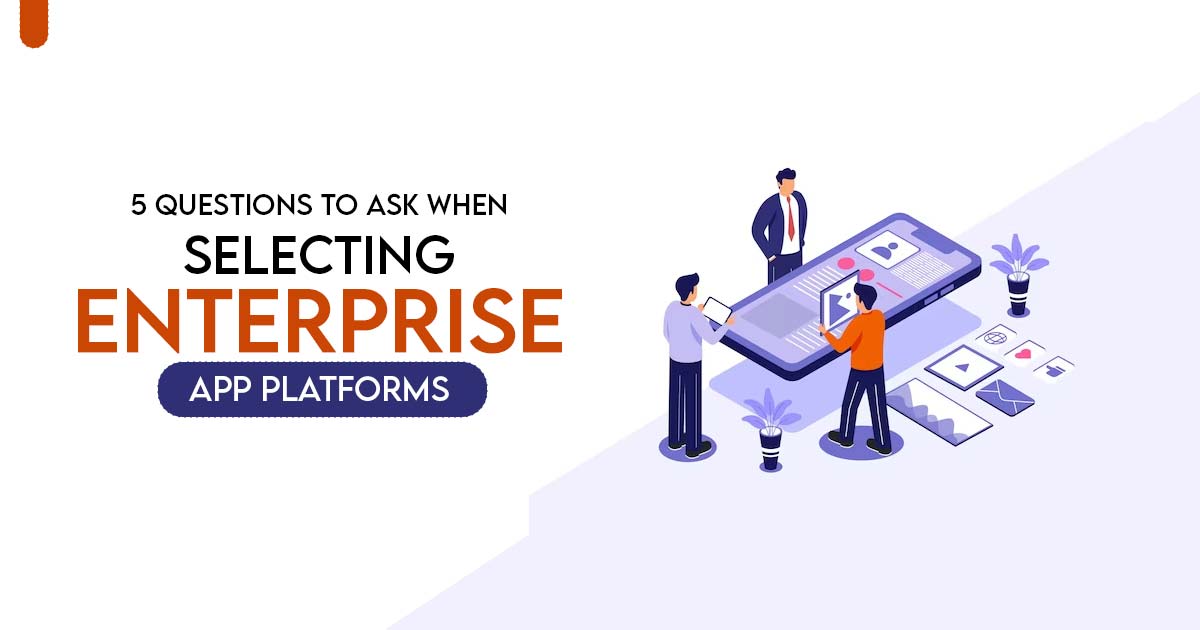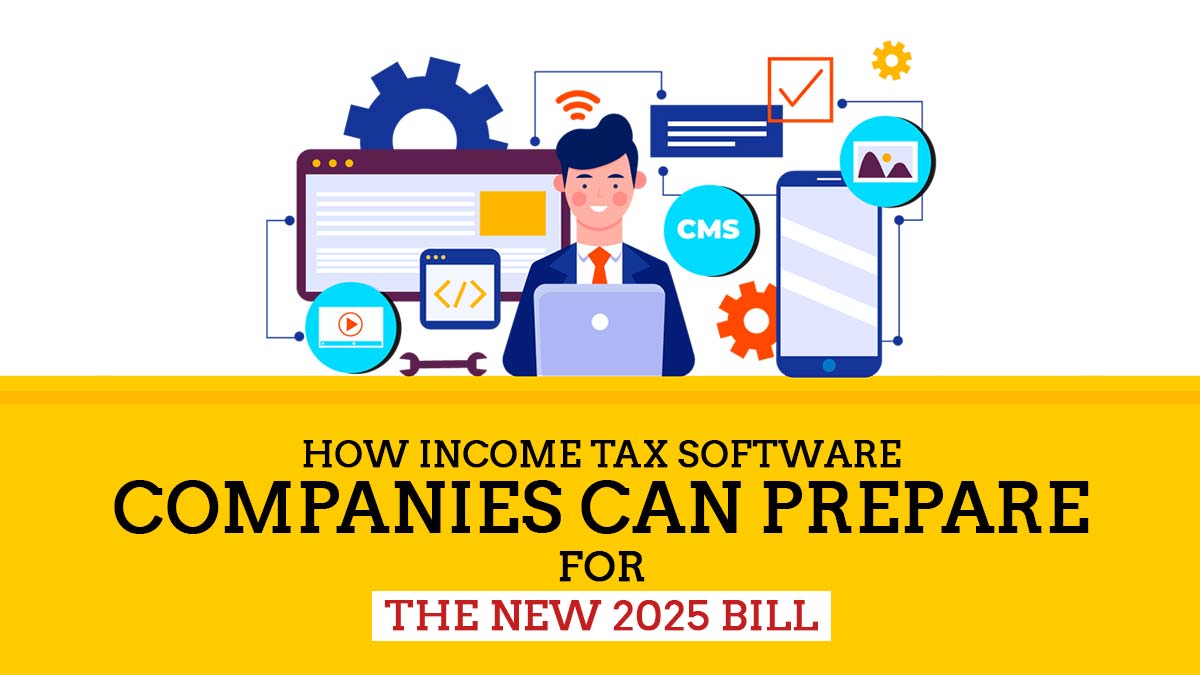
The major thing is all enterprise application platforms would not be made equal. As it is the initial market with plenty of specialist tools, the same could be hard to navigate the vendor landscape and opt for the excellent platform for your requirements now and in the subsequent times.
We’ve compiled a list of the top five questions to ask when assessing business app platforms to aid CIOs in their vendor research and selection process.
How Simple is it to Create Apps?
and Can Non-Developers Participate Directly?
CIOs want an app platform that removes conventional development barriers and significantly boosts speed, efficiency, and output in order to meet the business’s expanding demands for new apps and capabilities. The platform’s development environment is something you’ll want to pay close attention to in light of this.
Be aware of proprietary programming languages that need highly specialized developers since they frequently increase complexity and cost without bringing about the productivity advantages that are sorely required.
Look for an app platform based on a novel paradigm like visual, model-driven development (MDD) if you’re serious about speeding up delivery. In contrast to conventional code-based techniques, MDD is easy to use and very quick.
The whole project team, even those who aren’t programmers or business analysts, can readily discover and make modifications, swiftly construct and collaborate on executable application models, and intuitively comprehend and assess the functionality.
A Capgemini research indicated that MDD takes only 2.5 hours per function point compared to 10.6 hours for Java and 15.5 hours for C#, demonstrating efficiency improvements. A 6-month project may be completed in 6 weeks with only this productivity increase. Consider the potential effects this time compression might have on your company.
Can the Platform Support Existing App Development and System Expansion?
And can it work with any system without an issue?
Businesses often use an enterprise app development platform for one of two purposes: either to create new bespoke apps or to add additional business-driven functionality to existing systems. So it’s crucial to find a solution for both. Some platforms might be made for extending the particular systems (i.e. CRM), but they might prove to be less in addressing your full range of the application in delivery requirements.
Ease of integration is a critical component that must be carefully considered while developing new apps or extending current systems. The truth is that integration requirements go much beyond a single application for the majority of enterprises.
The trick is to choose a platform that is adaptable and enables you to swiftly and effortlessly connect any application with any process or system that already exists.
Look for features like open APIs, readymade connectors, workflow integration, and how simple or difficult it is to create the connectivity points you want. Don’t forget to consider integrated development inside your IT organization and any currently in use development tools in addition to the application level.
Can Business And IT Collaborate Using Existing Tools?
The success of a bespoke application can be determined by IT-business collaboration. Unfortunately, a great deal of app platforms narrowly concentrate on the development environment, ignoring essential collaboration features that might boost productivity, communication, and effective IT outcomes.
Look for an app platform with social collaboration and project management features to keep all stakeholders on the same page and involved throughout the development process. Examples comprise:
- Activity streams similar to Facebook for all users and projects
- Built-in chat for immediate team connection
- User stories and requirements creation skills in agile project management
- Task and priority assignment
- Using burn-down charts and scrum boards to monitor progress
- Fully integrated, closed-loop feedback via end users that would have been sent directly to the development team
Related: Quick to Understand An LCAP (Low-Code Application Platform
Project results will be significantly improved by a user-friendly and sociable collaboration environment and a model-driven development methodology that enables all project team members to communicate in the same language.
Can an Application Guarantee it is a Trustworthy Platform?
Currently, enterprise mobile applications are popular. It might be simple to forget that mobile is not—and should never be—an island in the drive to fulfil soaring corporate needs for mobile apps.
First off, integrating mobile apps with one or more back-end systems is frequently necessary. Additionally, they virtually always require access from numerous platforms (web, tablet, and smartphone) due to the various user demands and profiles.
In order to provide truly multi-device apps that interface smoothly with back-end systems, app platforms must be able to do so. This means that your team should be able to create an application once and then make it available to the required people via the required devices (along with simple, user-friendly UIs).
Your company users all require the same app in the end; they simply use it and interact with it differently. Reprogramming or rebuilding apps for multiple devices or operating systems is neither efficient nor scalable.
How Fast and Flexible is the Application Deployment Process?
Deployment problems shouldn’t hinder a project’s progress or even cause your development team any anxiety. Make sure application deployment is as quick and simple as connecting a device to a power outlet when assessing app platforms.
For example, you are able to deploy the app to the cloud in one tap through the platforms that use executable models see question #1.
When it comes to application deployment, flexibility is just as crucial as speed and ease of use. Although the cloud may typically meet all technical and business requirements, there are some situations that call for other deployment methods, such as private clouds, on-premises installations, or hybrid setups.
In order to determine whether the app platform can successfully handle various deployment methods, it’s crucial to examine it. Even if there is no immediate need, requirements frequently change, so being flexible now may save you a lot of trouble and grief in the future.








